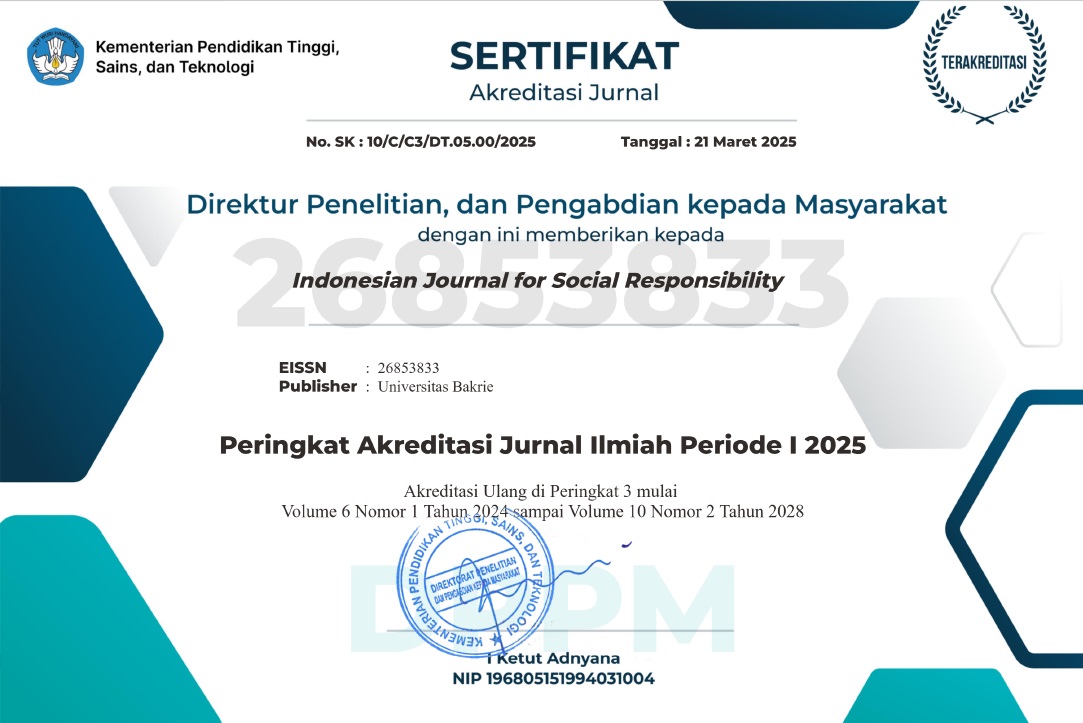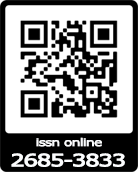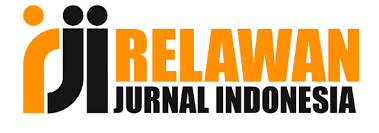Authors Guidelines
Scope, Policy, And Authors Guidelines of Indonesian Journal for Social Responsibility
Scope
Indonesian Journal for Social Responsibility publishes scientific articles of community service and policy analysis focuses on the fields of :
- Community services, empowerment, and entrepreneurships.
- Application of science and technology for sustainable development.
- Social, political, and economic Issues.
- Sustainable governance and public policy.
- Information and communication strategy
Type of Manuscript
Indonesian Journal for Social Responsibility only publishes scientific articles from community service activities or programs. Our journal does not accept research articles.
Preparation of Manuscript
- The manuscript should be written in a good English or Indonesian language.
- The number of article pages submitted to the journal is between 8 and 15 pages.
- Ensure that the image resolution is sufficient to reveal important details in the image. For images sourced from JPG files, make sure they have a resolution of 300 dpi. If in 1 image description consists of 2 images, images can be placed side by side (right-left). The image is not bordered outside the image area. Captions with image numbers must be placed in accordance with the relevant points. Figure captions are numbered sequentially and must be cited in the body of the text. Include a citation of the source under the description of the image if it is not your own work.
- Tables and table titles are written in 11 pt Calibri Light font. Tables are numbered using uppercase Roman numerals. The beginning of each word in the table title is capitalized except for short words. The contents of the table should be left aligned. Note that there are no vertical lines in the table. Include a citation of the source under the table caption if it is not your own work.
- Each table or figure should not be separated/truncated on a different page.
To assist you in preparing your manuscript, we provide formatting templates. Word templates are available for this journal. Please download the templates via https://ojs.bakrie.ac.id/index.php/IJSR/TEMPLATE
Title, Author(s) name, Affiliation
- The title of the article should be brief and informative (max.15 words). Capitalize letters only at the beginning of words. Avoid using locations that do not affect the research results.
- Name of Authors must be written in full name. Corresponding author should be marked with asterisk symbol.
- The institution where authors are affiliated should be completely written (Laboratory/department, institution name and address with city and country).
- Email of corresponding author is mandatory, while authors members are optional
Abstract
Abstract written in one paragraph in English and the Indonesian language (in italics). Abstract should be no longer than 250 words. It gives a summary of the content of the main objective, the methods, the results obtained and major conclusions. The keywords consist of no more than 5 important words representing the content of the article and can be used as internet searching words and arranged in alphabetical order.
Introduction
Introduction section contain background of the community service activities or program, why the issues need to be done, provide state of the art or more specific statements about the aspects of the problem already studied by other people, very specific statement giving the purpose/objectives of program, and optional statements that give a value or justification for carrying out the program. Write your references using APA style. Here are some examples: to cite a paper with one author (Wahyudi, 2016), a paper with two author (Anisa & Astuti, 2019). a paper with more than two author (Ghavifekr et. all, 2016). The name in the citation is only the last name.
Methods
Methods section should explain detail information about location, time, sample or population, procedures, how the data to be collected and analysed. The number of methodology subsections can be adjusted.
Results and Discussions
Results and Discussions contain results obtained by author during the community services activities. The results of the programs submitted in advanced as whole which continues by doing the discussion. The discussions are presented systematically from general to the specific. The data can be presented with tables or figures. Results and discussions must also interconnect with theory that used. Avoid excessive use of citations and discussion of published literature.
Conclusions
The conclusion contains the main points of the article. Conclusions should not repeat what has been written in the Results and Discussion section, but discuss important results, applications and developments of the community service programs carried out. This section should also be able to show whether the programs objectives can be achieved. Conclusions are written in description paragraph form. Avoid using bulleted lists.
Acknowledgements
This section gives appreciation to individuals and organizations that provide assistance to the author. Acknowledgments to sponsors and financial support are also included in this section.
References
Every document cited in this article should be included in this section. The number of cited references is at least 15, with 80% of them being primary references published at least in the last 5 - 10 years. Primary references mean journal articles, book chapters, patents, and seminar/proceeding articles. As for what is meant by secondary references are textbooks and handbooks.
References of the manuscript using APA style. Here are some examples:
Journal Article
Afrianto. (2018). Being a Professional Teacher in the Era of Industrial Revolution 4. 0: Opportunities, Challenges and Strategies for Innovative Classroom Practices. English Language Teaching and Research, 2(1), 1-13.
Albantani, A. M., & Madkur, A. (2017). Musyahadat Al Fidyu: Youtube-Based Teaching and Learning of Arabic as Foreign Language (AFL). Dinamika Ilmu, 17(2), 291-308.
Book
McKibbin, B. (2007). Deep economy: The Wealth of Communities and The Durable Future. New York: Times Book/Henry Hold and Co
Panitch, L., & Gindin, S. (2012). The Making of Global Capitalism: The Political Economy of American Empire. London: Verso.
Book Chapter
Pigg, K. E., & Bradshaw, T. K. (2003). Catalytic Community Development: A Theory of Practice for Changing Rural Society. In D. L. Brown & L. E. Swanson (Eds.), Challenges for Rural America in The Twenty-First Century (pp. 385-396). Pennsylvania State University Press.
Regulations and Laws
Law Number 23 of 2011 concerning Zakat Management. November 25, 2011. State Gazette of the Republic of Indonesia Year 2011 Number 115. Jakarta.
Law Number 5 of 1984 concerning Industry. June 29, 1984. State Gazette of the Republic of Indonesia Year 1984 Number 22. Jakarta.
Thesis
Choiri, A. (2021). Pemberdayaan Pemulung Melalui Pengelolaan Sampah Plastik di Medayu Utara Rungkut Surabaya [Thesis]. UIN Sunan Ampel Surabaya, Surabaya.
Erizal, Y. (2011). Analisa Pelaksanaan Kemitraan Anak Angkat Bapak Angkat (ABA) dalam Usaha Agribisnis Kelapa Sawit di PT. GMP Kec. Pasaman Kabupaten Pasaman Barat [Thesis]. University if Andalas, Padang.
Internet Sources
Jenkis, R. (2018, January 7). Generation Z vs. Millennials: The 8 Differences You Need to Know. HR Daily Advisor. Retrieved from https://hrdailyadvisor.blr.com/2017/09/25/generation-z-vs-millennials-8-differences-need-know/
Maritime Security Agency of the Republic of Indonesia. (2021, June 25). Amerika Serikat dan Indonesia Bangun Pusat Pelatihan Maritim. Maritime Security Agency of the Republic of Indonesia. Retrieved from https://bakamla.go.id/publication/detail_news/amerika-serikat-dan-indonesia-bangun-pusat-pelatihan-maritim















